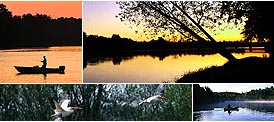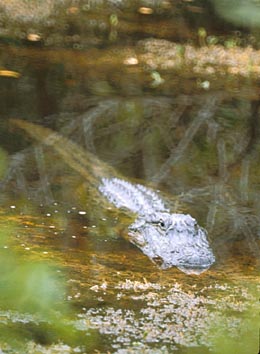

| | 
Diving in a Current
by Jakob Jelling
Diving in a current implies a higher amount of difficulty and danger than regular diving, but this can be avoided if the diver knows how to properly do it by being trained for it as well as by learning some important guidelines. Although some rules regarding diving in a current are given in most diving training schools, if you are going to dive in a current you should also receive specialized training for it.
When you go into the water in order to start diving in a current, you should try to descend as quickly as possible and not to remain at the surface for too long. If the current is too strong and you don't have much experience at diving in a current it is recommendable that you try to find a place where the current wouldn’t push you so much.
Besides, it is also very important that you use an anchor line which allows you to trail your way back to the boat. You should also always carry a surface balloon which allows you to be visible in case you go too far from the boat and need to be seen from the distance. Also, always remember the way in which visibility becomes distorted while you are into the water and the fact that the way in which we should measure distances is not the same than when we are on the surface.
Plan the way you will dive and start your diving going against the current. This way, you will be able to go back you your starting point easier and you will avoid going further from that point than you would wish to go or let the current push you away from the path you had wished to follow.
Since current is stronger near the surface, you should also try to dive as deep into the water as possible. You should try to go to the bottom and use your arms as a help for pushing your body and moving on easier. While being at the bottom, you should also take advantage of natural features such as crevices or bottom gaps if you wish to take a second to rest or to evaluate your environment.
About the Author
Jakob Jelling is the founder of http://www.divepilot.com. Please visit his website to discover the world of diving!
|


